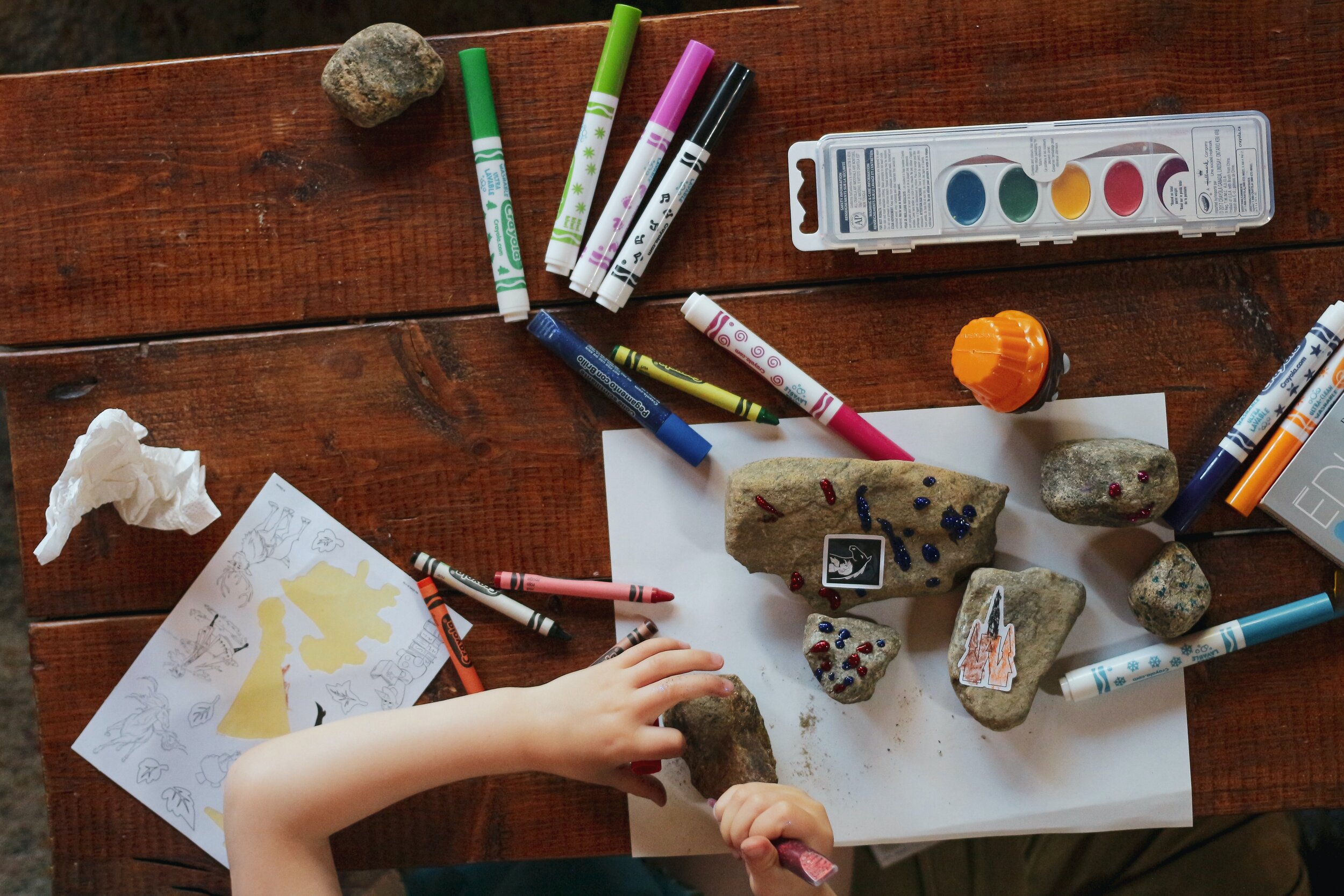How to Increase Your Toddler's Language Skills
At Collaborative Corner, we recently released a blog post highlighting the ways a toddler should be communicating. There are certain developmental milestones that should be met in order to continue to build on receptive and expressive language skills. For example, what your toddler or child understands should closely mirror the amount of words and phrases that they produce, as these skills should develop simultaneously. You may be wondering, “how can I increase my child’s vocabulary or understanding”?
As a speech-language pathologist, one of my most recommended tips to families that I work with is not to feel that they have to cut out extra time to work on skills. Instead, we as clinicians work to encourage families to embed the practice right into their activities of daily living. This is the best way to model meaningful language throughout the day and increase the child’s functional communication skills.
Ways to Add Language Throughout Your Daily Routine:
Dressing / grooming – Have your child be an active participant in their dressing and grooming routine. For example, modeling labels for colors of clothing, perhaps even offering a choice of two. This is also a great time to practice identifying body parts (i.e., “show me your feet”). Bath time is a perfect opportunity to use describing words such as hot, cold, in, out, on, and off. It is also a great time to add pretend play with toys, labeling each one.
Meal time – Breakfast, lunch, dinner, and snack time in between offer a chance to model labels for foods and use describing words to narrate colors and textures.
Play time – In addition to ensuring that your child is playing with age appropriate toys, play time is a perfect time to embed meaningful language. For example, pretend play with dolls or animals offers a chance to label them and request for more. This is an excellent time to model actions such as jumping, eating, sleeping, and more! Getting on the floor, at eye level with your little one is encouraged.
Book time – You may think your toddler is too little to attend to stories. Don’t feel obligated or pressured to read all the words on each page. Instead, practice labeling each item and action you see, and use your child’s hand to point to each item you have named.
Additional Tips:
When modeling words, try holding the object close to your face. This way, your little one will be encouraged to look toward your mouth to see the way you produce the sounds for imitation.
Once you place a demand (i.e., “Pick up the ball), make sure you are ready to see the command through. If your child does not understand the command, you can offer hand over hand assistance to help them pick up the ball.
Narrate, narrate, narrate! In every move you make, throughout all activities of daily living, narrate your child’s environment! “Oh you found the green ball”, “This rock feels bumpy and rough”, “Do you see the cars outside? Cars say beep beep”, “I like the way you picked up your toys, good listening”, “This red apple is crunchy”, “The dog says woof woof”.
Add movement. The more your child moves their body, (i.e., playground, running, jumping, etc), the more they should vocalize. Gross motor play is a great time to narrate play and have fun!
As mentioned before, your child’s comprehension of the world around them should closely mirror their expressive language output. For additional tips on how to increase your child’s vocabulary, you are welcome to reach out a speech-language pathologist on our panel, free of charge.
Alyssa Bloxam, M.A., CCC-SLP
Pediatric Speech-Language Pathologist
alyssa@collaborativecorner.org

